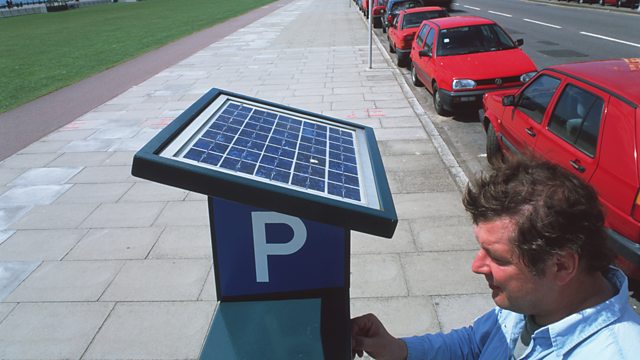A trip to...
Design a travel to an European
city for 2 people:
From Madrid to ...
in September 3rd to 7th. Include:
- Flight number and company.
- Departure and arrival times.
- Name of the airport.
- Cost.
4 nights in a HOTEL
or HOSTEL near the city centre. Include:
- Hotel address.
- Hotel name.
- Hotel map.
- Include photographs.
- Transportation
from the Airport to the Hotel.
- Cost.
Different places
to visit and important attractions:
- City map.
- Monuments.
- Museums.
- Leisure activities.
- Other interesting
places.
- Timetables.
- Cost.
- Include photographs.
Design a short
brochure including all these information and a budget with all the expenses of
the travel (maximum 1.000€ for both people).
